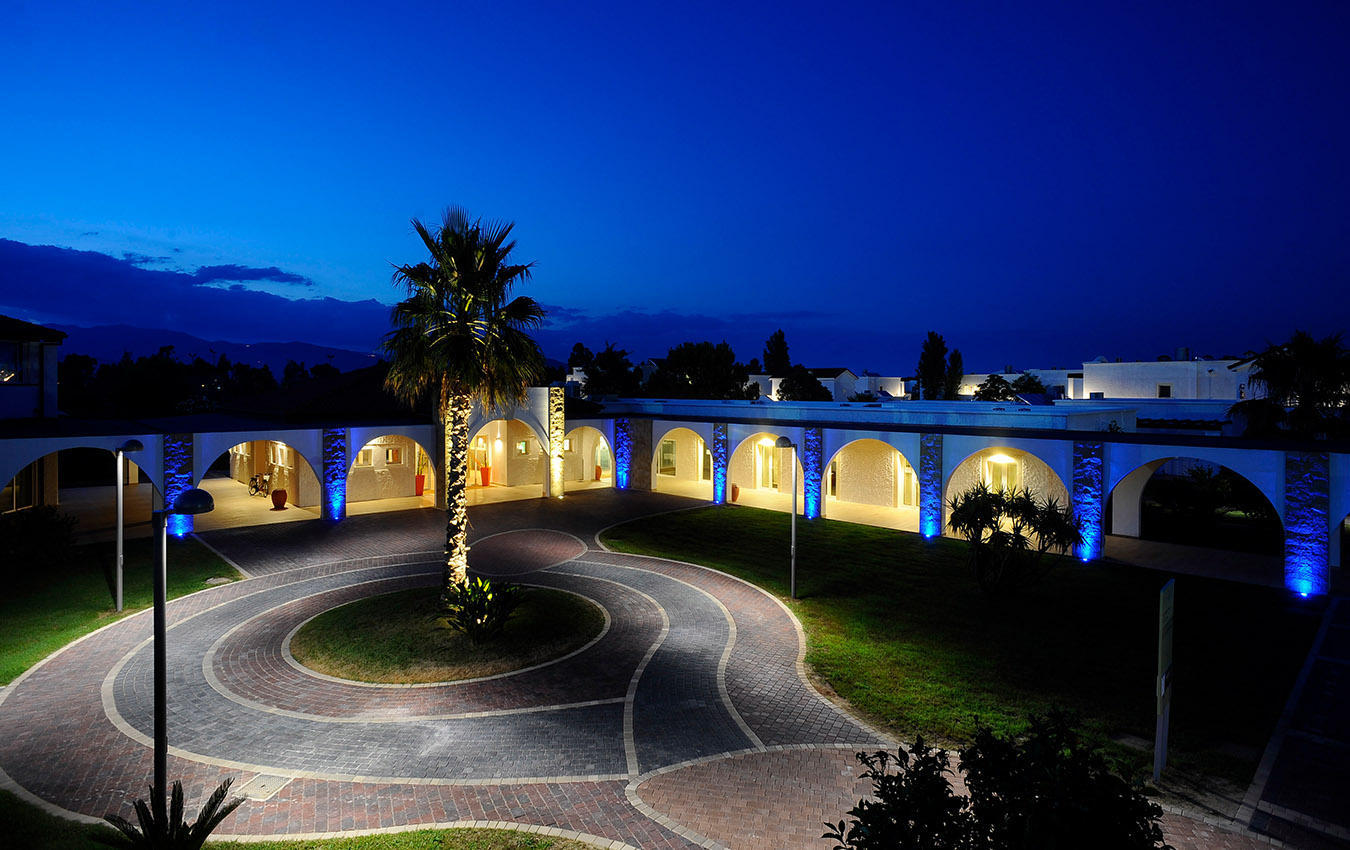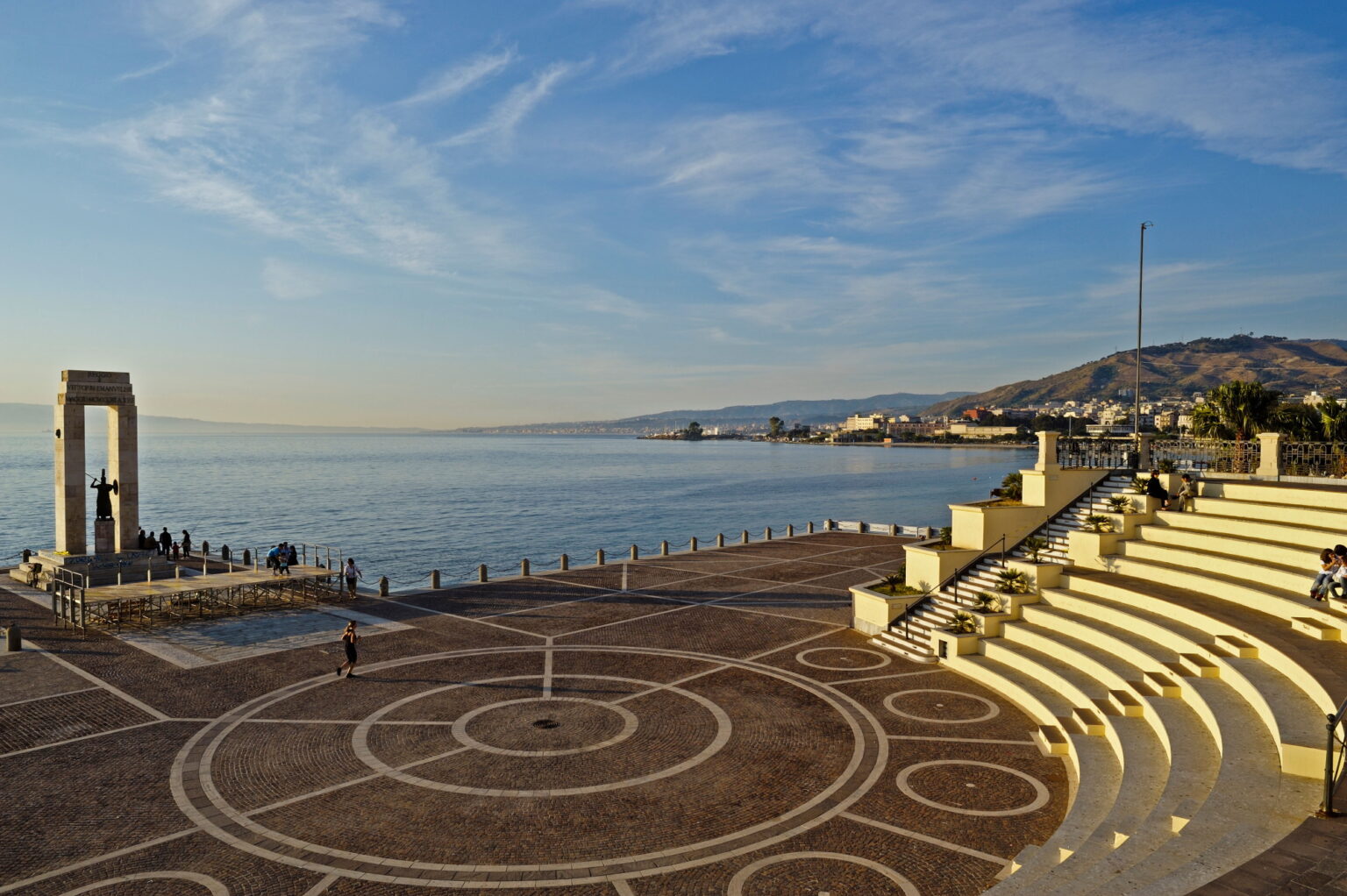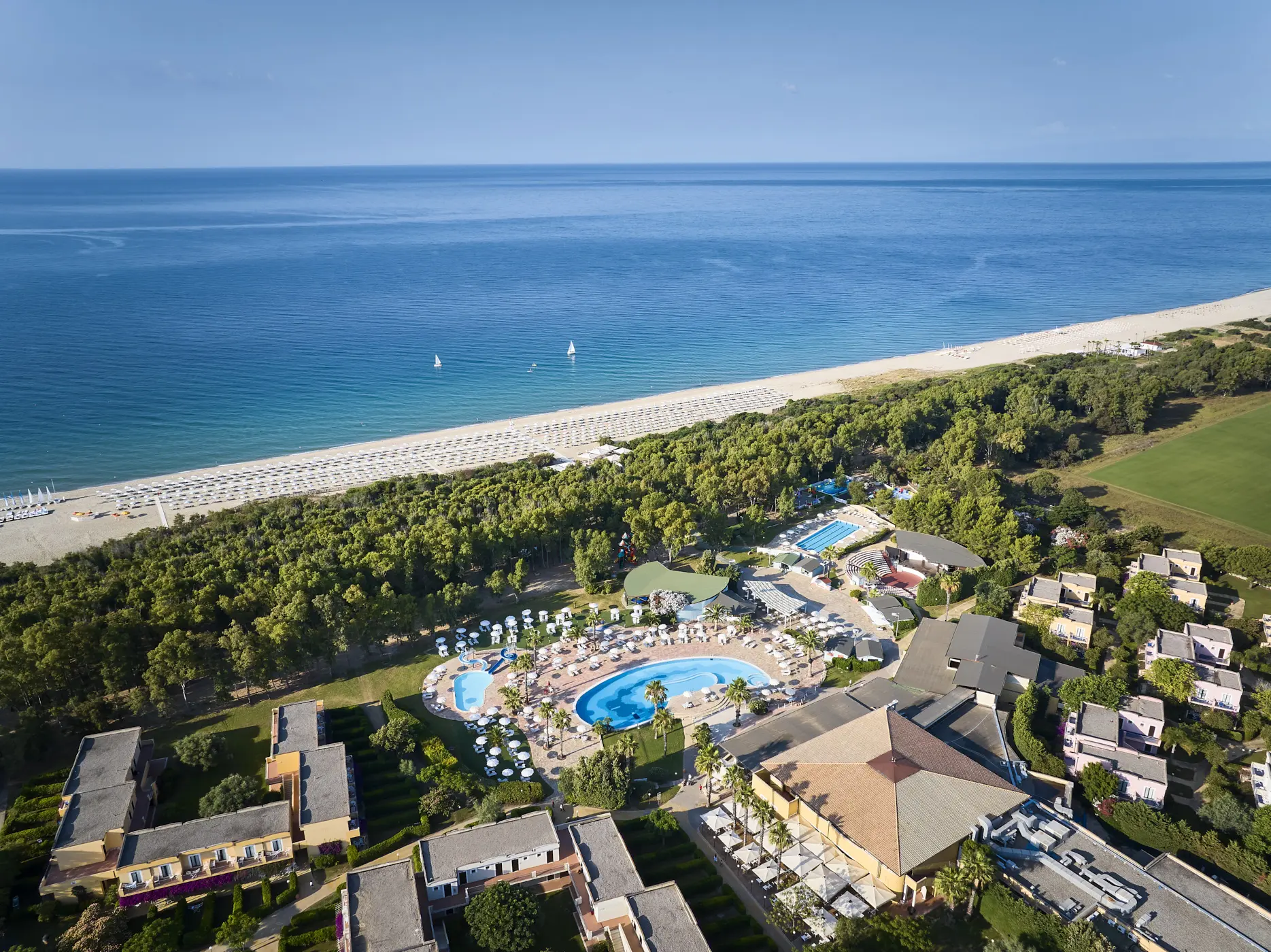

Located in the heart of Magna Graecia in Cassano allo Ionio, the property skirts the beautiful Ionian coast and is within walking distance of Sibari’s fascinating archaeological excavations. Treat yourself to an experience full of comfort, relaxation, and fun with services for the young and old alike.






